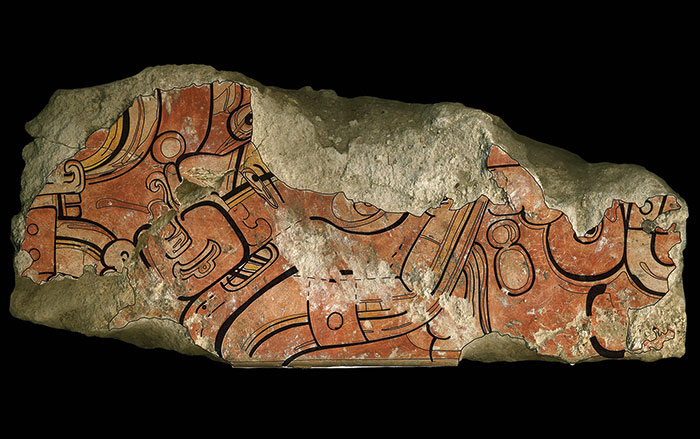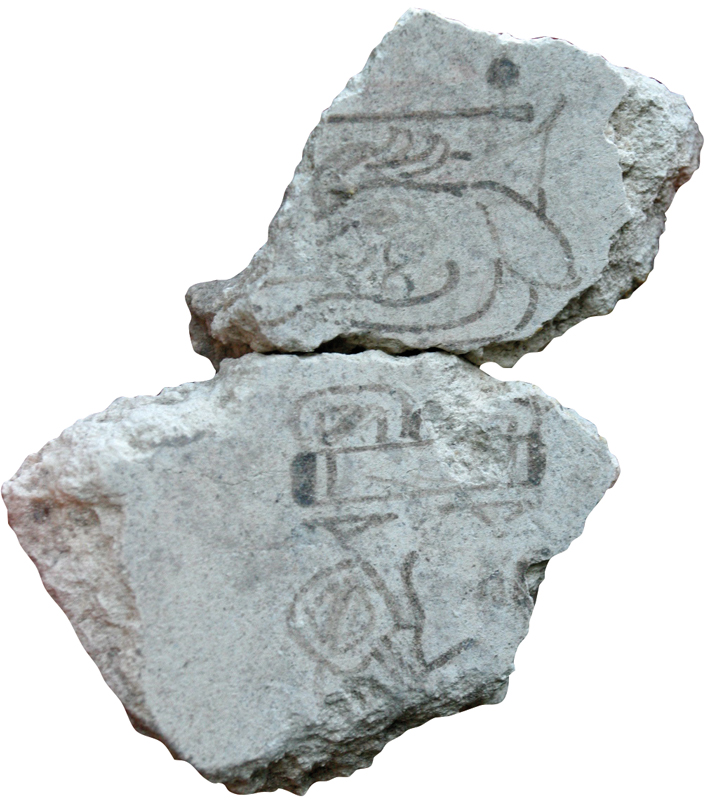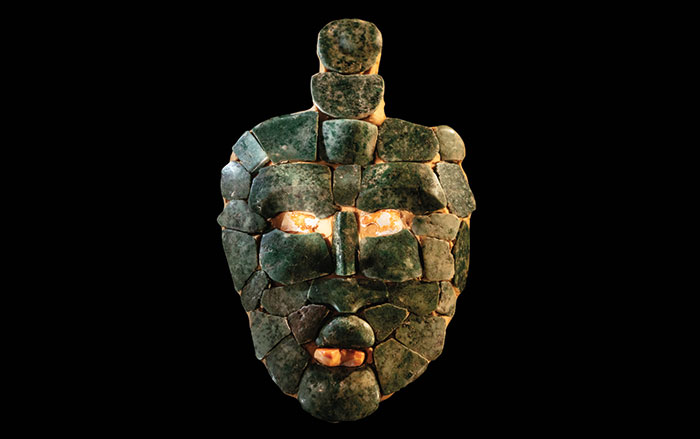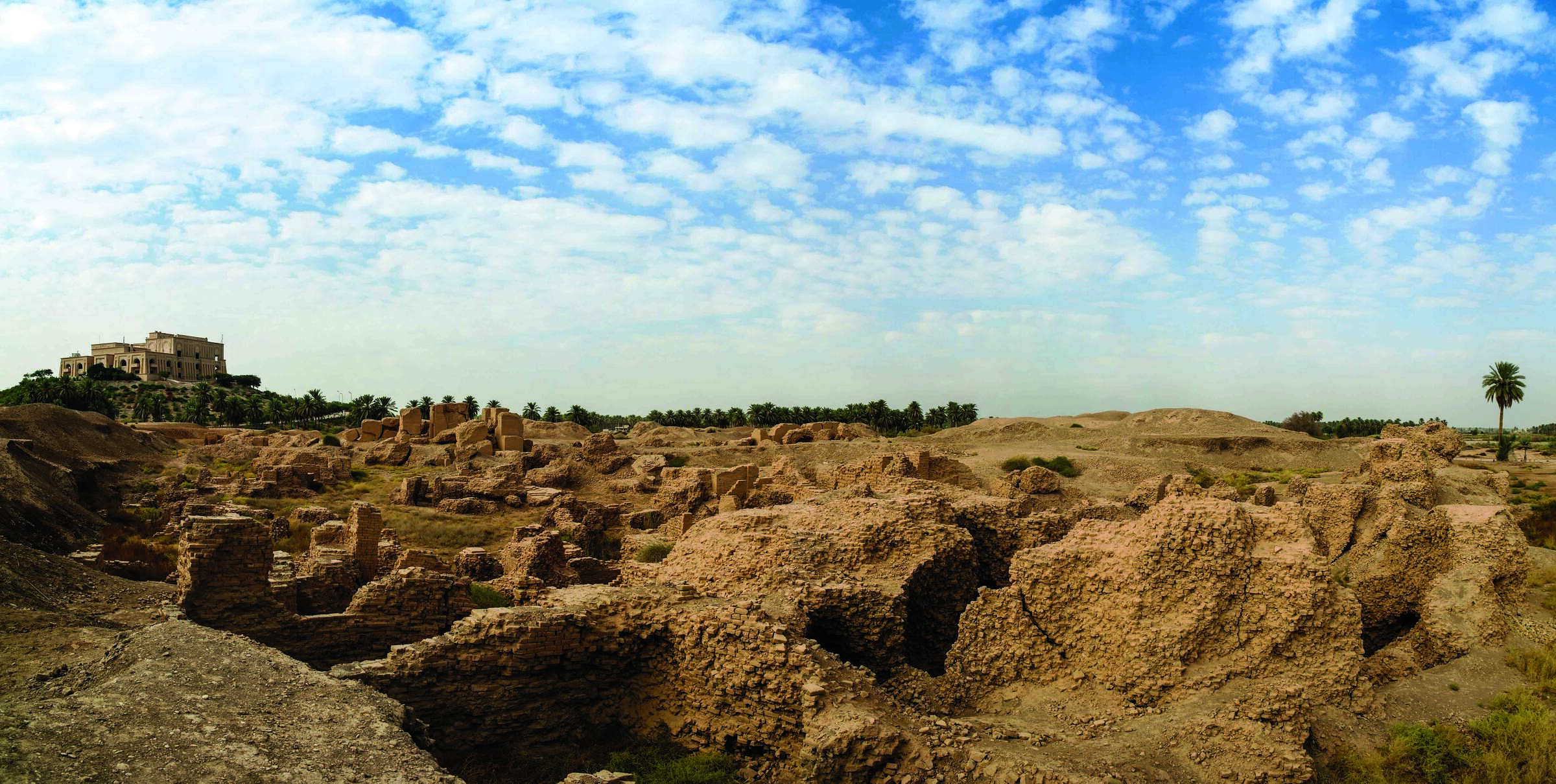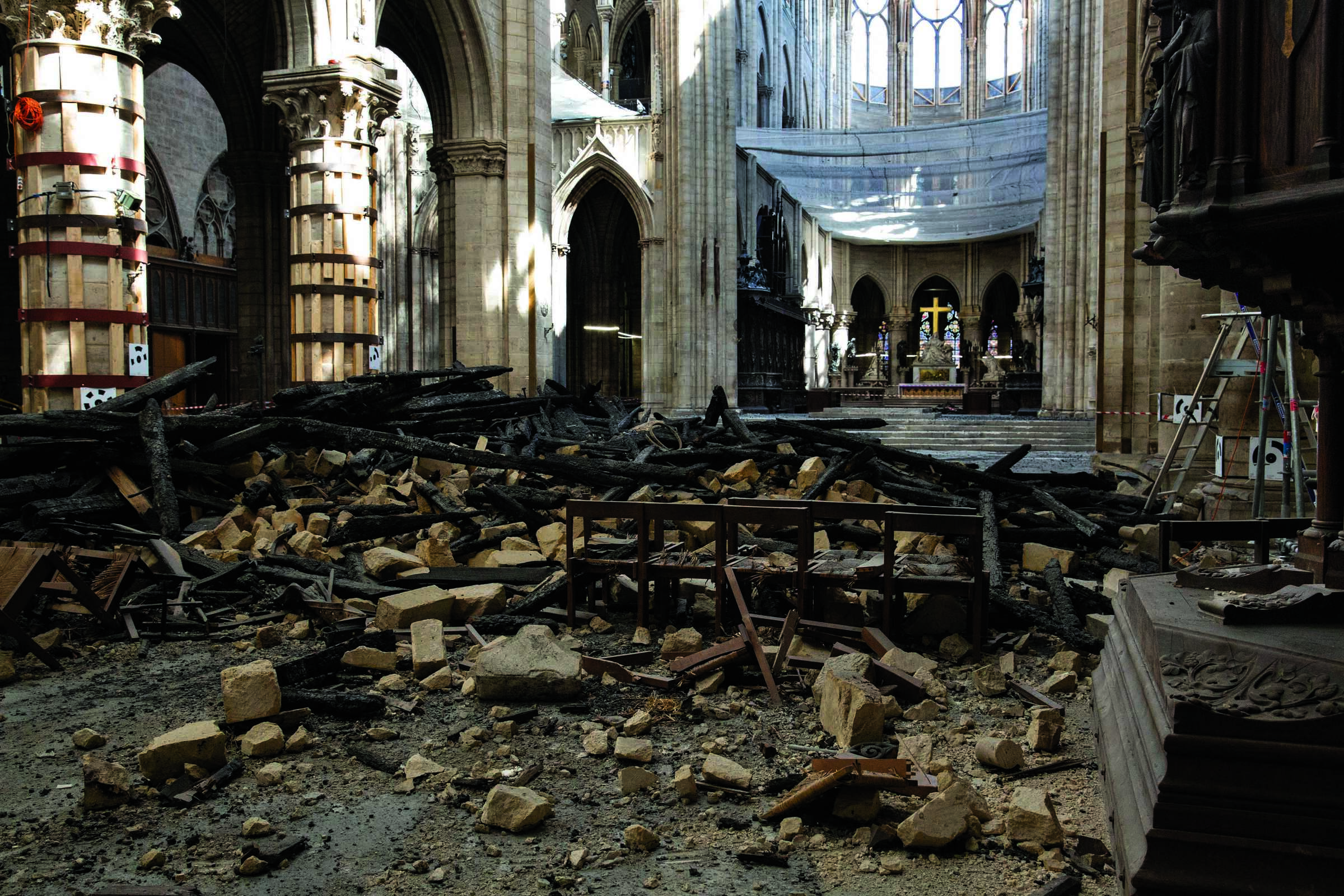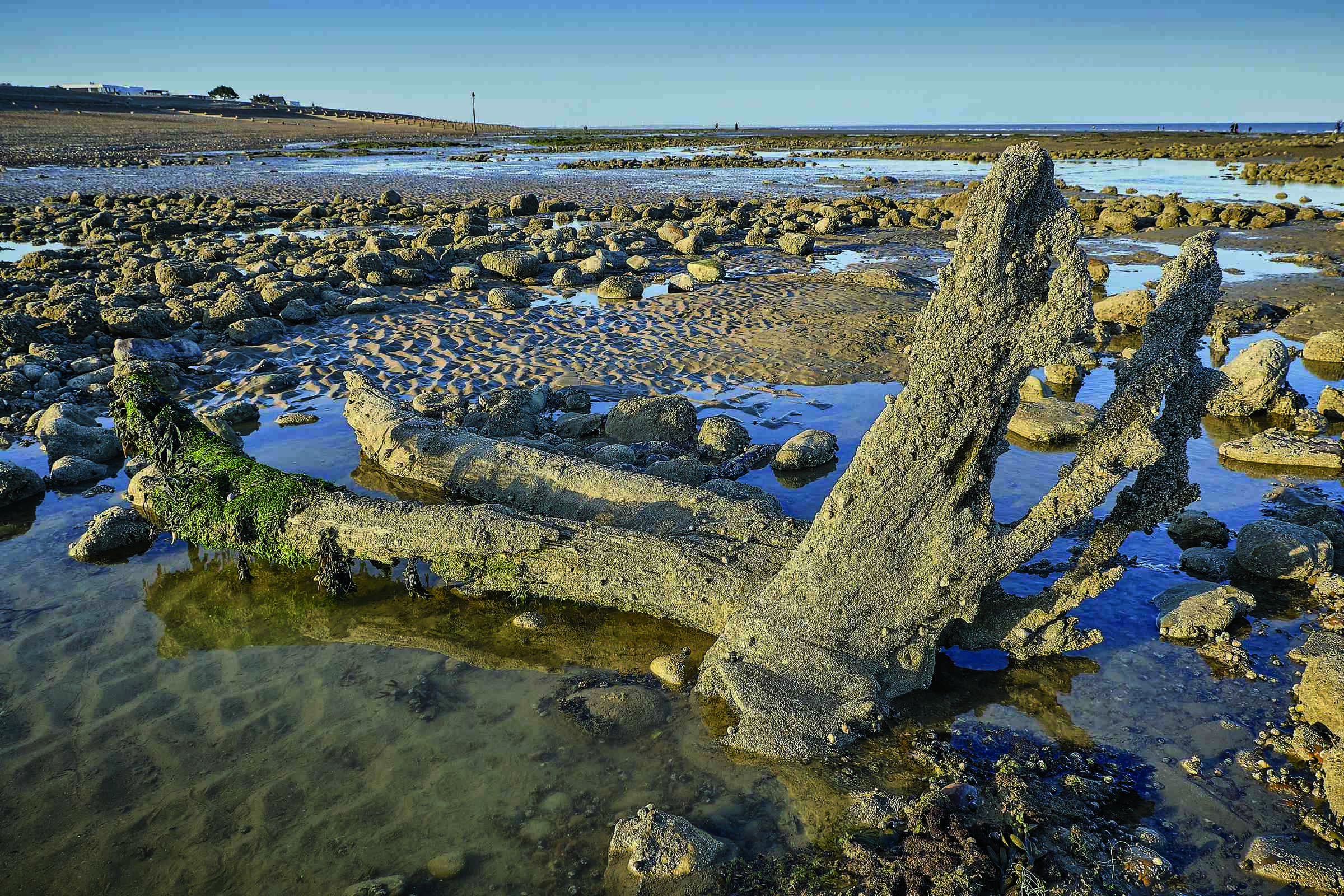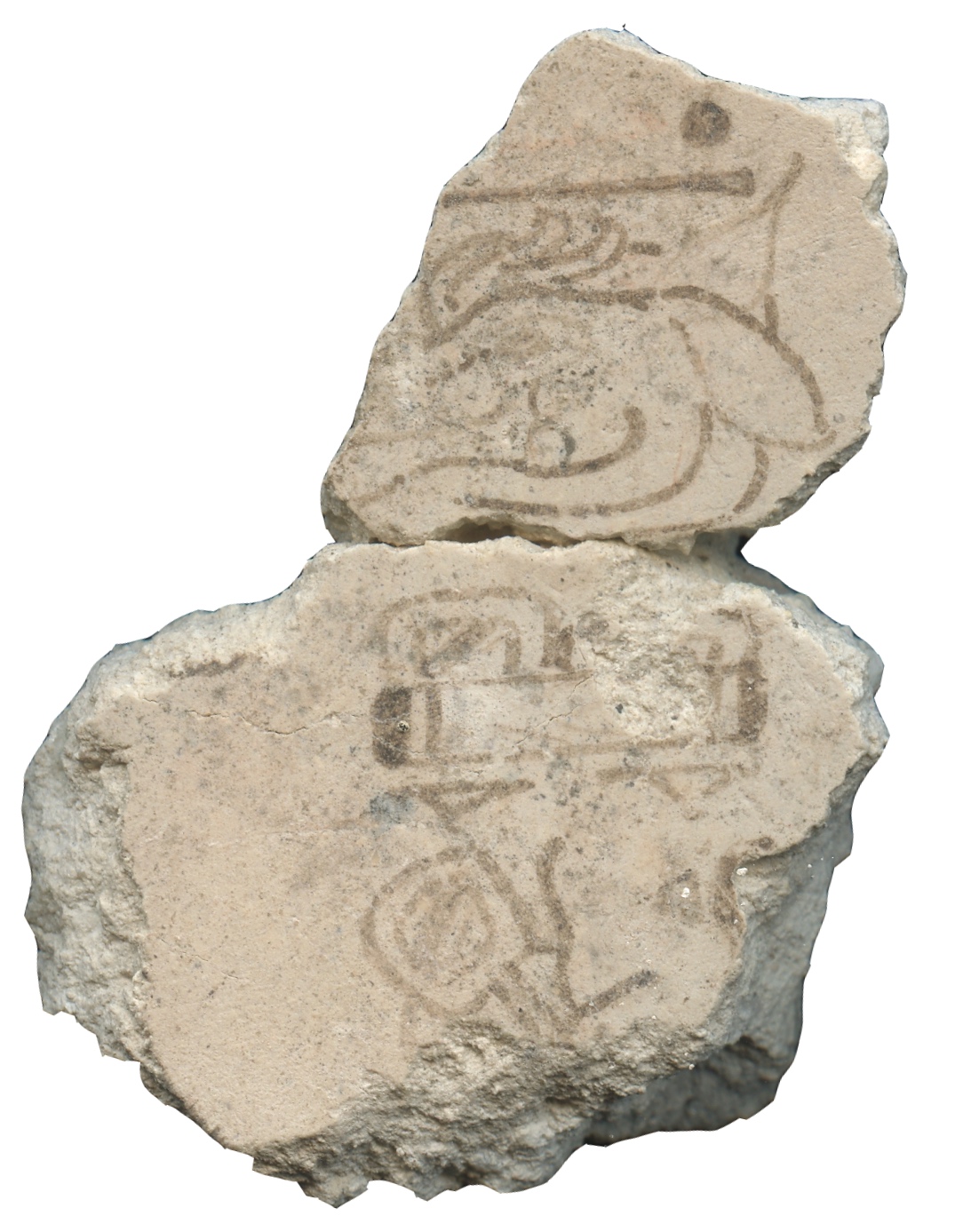
SAN BARTOLO, GUATEMALA—Science News reports that two fragments of a mural recovered from Guatemala’s Las Pinturas pyramid have been dated to between 300 and 200 B.C., making them the earliest known record of the 260-day Maya calendar. The intricate images depict the date “7 Deer,” according to archaeologist David Stuart of the University of Texas at Austin. Heather Hurst of the San Bartolo-Xultun Regional Archaeological Project explained that the mural fragments were found in one of the layers created by the razing and rebuilding of the pyramid seven times between 400 B.C. and A.D. 100. These well-defined layers allowed Stuart, Hurst, and their colleagues to radiocarbon date the mural to such a narrow window of time. Other fragments of plaster in the layer bear different styles of handwriting, suggesting that multiple scribes were at work. To read more about the Maya calendar, go to "The Maya Sense of Time."


